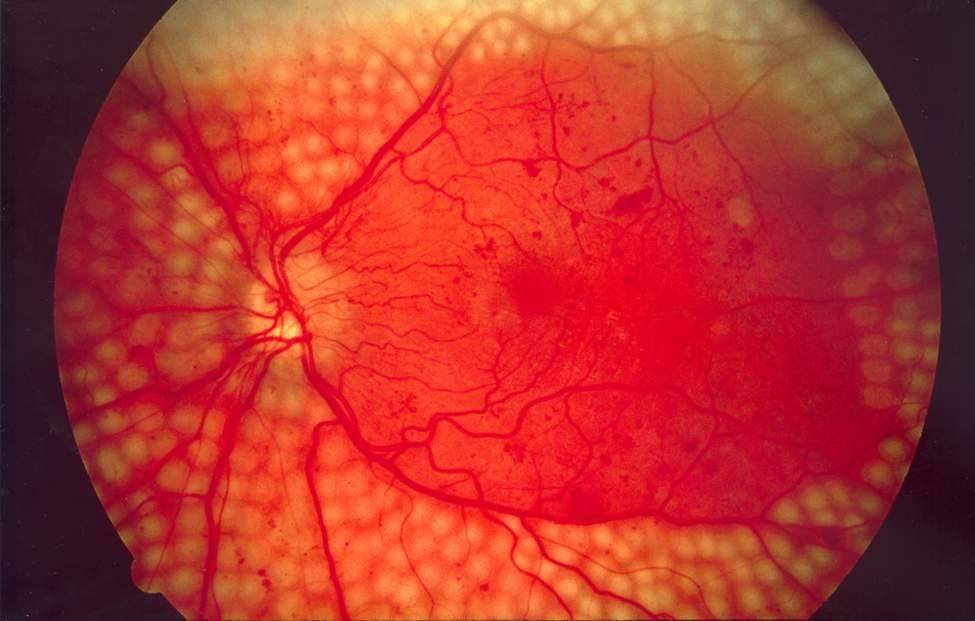
An analysis of 121 patients from the beginning of the pandemic reveals the most common effects of COVID on the eye. According to this new study, few people with COVID will develop eye problems. However, when these problems do occur, they can range from mild to very serious vision problems. Many of them can even affect the retina, a layer of light-sensitive cells at the back of the eye that plays a key role in vision.
People respond differently to COVID infections. As we have seen, some people develop respiratory problems that can range from mild to severe, while others experience no symptoms at all. Regarding the eyes, conjunctivitis remains the most common sign of COVID in the eyes in both infants and adults.
Doctors are still learning how COVID affects the eyes, but what is known is that some people with COVID experience inflammation throughout the body. This inflammation can cause blood clots to form. These clots, in turn, can travel throughout the body and reach the veins, arteries and blood vessels in the eye.
According to this new study, the 4 most common eye problems that can develop after a COVID infection are:
When blood clots prevent nutrients from reaching the retina, the retinal tissue begins to swell and die. When the retina is examined, this area looks white and fluffy like absorbent cotton. These spots do not usually affect a person’s vision.
Blood clots in the retinal arteries can block oxygen supply and cause cell death. This is known as retinal artery occlusion or retinal stroke. The most common symptom of an eye stroke is sudden, painless loss of vision.
When a retinal vein becomes blocked, blood cannot drain as it should. The accumulation of blood raises pressure levels within the vessel, which can cause bleeding, swelling and fluid leakage. People with this complication may develop blurred vision or even sudden and permanent blindness.
Occurs when the retinal blood vessel wall is ruptured. It is sometimes caused by an occlusion of a retinal vein. A hemorrhage can cause blind spots and gradual or sudden loss of vision.
Muy pocas personas con COVID experimentarán complicaciones graves relacionadas con los ojos, pero algunas personas tienen más probabilidades que otras de desarrollar estos problemas. Las personas con las siguientes afecciones corren un mayor riesgo:
When eye problems do occur, they tend to develop within one to six weeks after experiencing the first symptoms of COVID. These problems have been seen both in people with severe COVID and in apparently healthy people with no symptoms.
Although this is the largest study to date on the impact of COVID on the retina, it should be noted that the research team only examined data from 121 patients. Doctors continue to explore how often eye problems affect people with COVID and how to prevent these conditions.
If you experience symptoms of COVID and notice changes in your vision, it is important to book an appointment with your ophthalmologist and notify them of the symptoms you are experiencing by phone ahead of time so that the staff can take extraordinary safety measures.
Also, to protect the eyes and general health, it is important to wear a mask around other people, and to wash and disinfect hands frequently.
Contact us or request an appointment with our medical team.